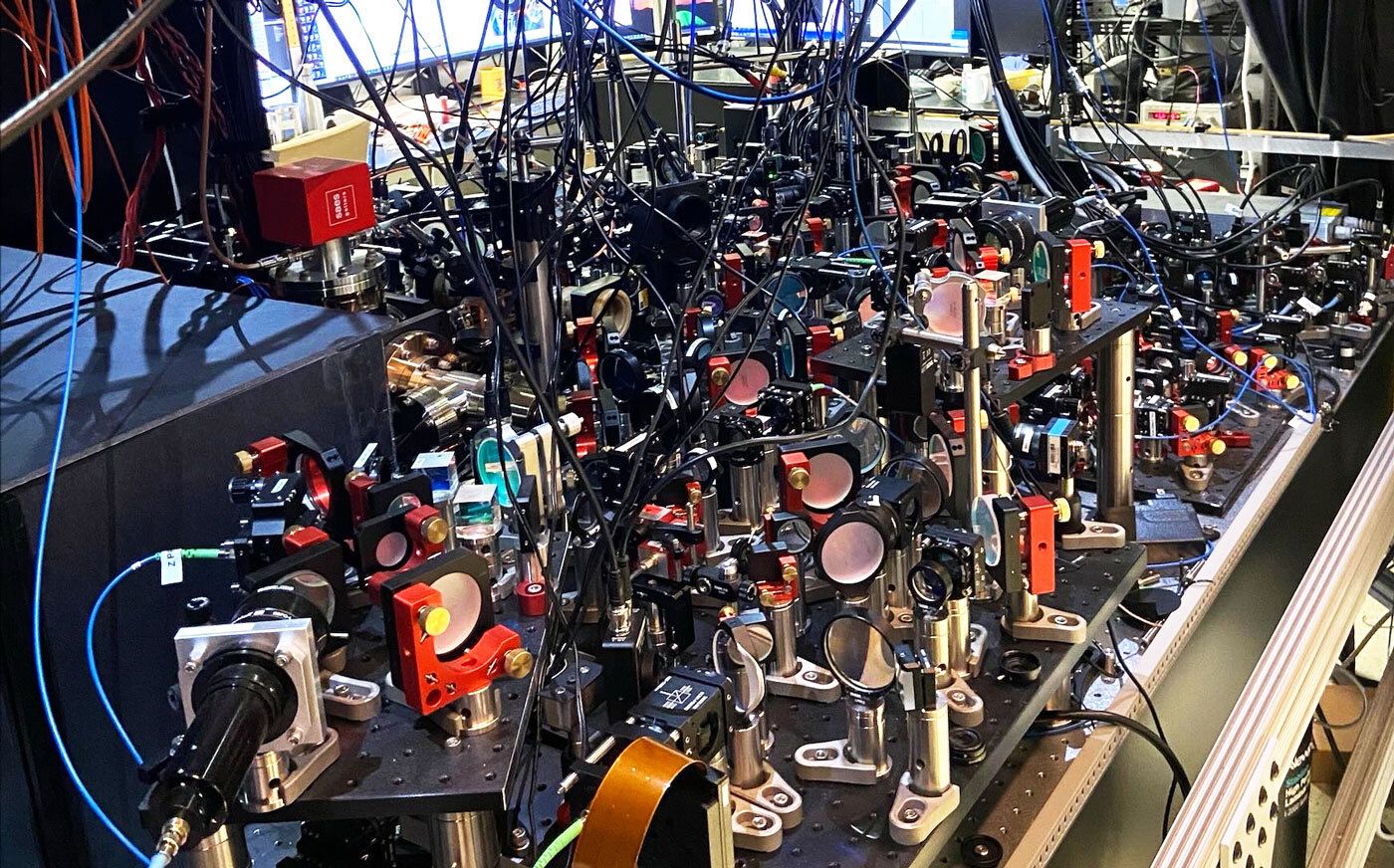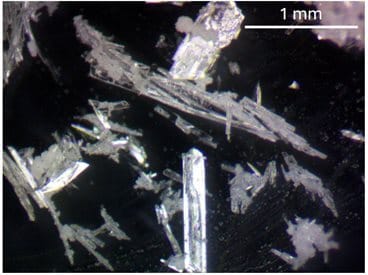- Quantum Campus
- Posts
- Magic state distillation? Theory shown experimentally
Magic state distillation? Theory shown experimentally
Plus: A Science review of neutral-atom systems & Europium crystals for quantum memory

Quantum Campus shares the latest in quantum science and technology. Read by more than 1,500 researchers, we publish on Fridays and are always looking for news from across the country. Want to see your work featured? Submit your ideas to the editor.
Magic state distillation
A team from MIT, Harvard, and QuEra demonstrated magic state distillation with logical qubits for the first time. To show improvements of the logical fidelity of output magic states compared to input logical magic states, researchers grouped individual atoms into error-protected logical qubits. They created two sizes of these logical bundles — distance-3 and distance-5 color-code qubits — and then ran a 5-to-1 distillation protocol that distilled five imperfect magic states into a single, cleaner one, according to an announcement. The experiment ran on QuEra’s Gemini neutral-atom computer.
“This experiment leverages the unique strengths of neutral‑atom arrays — dynamic reconfiguration and all‑to‑all entanglement — to tackle one of the most demanding sub‑routines in quantum error correction. It is a very important step toward practical, universal quantum processors,” Mikhail Lukin, a Harvard physicist and co-founder of QuEra.
This work was published in Nature. The paper’s authors will share details in a webinar on August 6. Register here.
Neutral-atom review
Science magazine also featured Mikhail Lukin and QuEra in an extensive review of the current state of neutral-atom quantum computing. The article also features takes from a host of leaders in the field, including Dolev Bluvstein, Dana Anderson, William Oliver, Peter Zoller, Mark Saffman, Antoine Browaeys, Alexandra Geim, Takuya Kitagawa, Sebastian Blatt, Ben Bloom, Kenji Ohmori, Christopher Monroe, and Denise Ruffner — many of whom hold both faculty positions and technical leadership positions at quantum startups.
Read the full piece in Science.

Neutral-atom-based quantum computing rig in Mikhail Lukin’s laboratory. Image from QuEra.
Chip fabrication
A mulitinstitutional team reported the first electronic–photonic–quantum system on a chip fabricated in a commercial 45-nanometer CMOS factory. The team included researchers at Boston University, Berkeley, and Northwestern, as well as GlobalFoundries and the BU and Berkeley spin-out Ayar Labs.
“A key challenge relative to our previous work was to push photonics design to meet the demanding requirements of quantum optics while remaining within the strict constraints of a commercial CMOS platform,” said BU’s Imbert Wang, a PhD student who led the design. “That enabled co-design of the electronics and quantum optics as a unified system.”
This work was published in Nature Electronics.
Europium crystals
Researchers at the University of Illinois Urbana-Champaign grew and characterized a layered stoichiometric crystal containing the rare-earth element europium. They demonstrated an atomic frequency comb delay of up to 800 nanoseconds, making the material a candidate for future quantum memory systems.
“Millisecond or longer quantum memory allows us to store a quantum state for the time it takes to communicate to anyone anywhere else on earth,” UIUC’s Elizabeth Goldschmidt said. “The maximum time it takes to communicate elsewhere is some tens of microseconds or milliseconds: up to a satellite and back down, or via an optical fiber circling the earth. That’s the time scale that we’re talking about.”
This work was published in Physical Review Letters.

Crystals developed by the UIUC team. Image from the University of Illinois at Urbana-Champaign
Quickbits
Quantum Campus is edited by Bill Bell, a science writer and marketing consultant who has covered physics and high-performance computing for more than 25 years. Disclosure statement.
